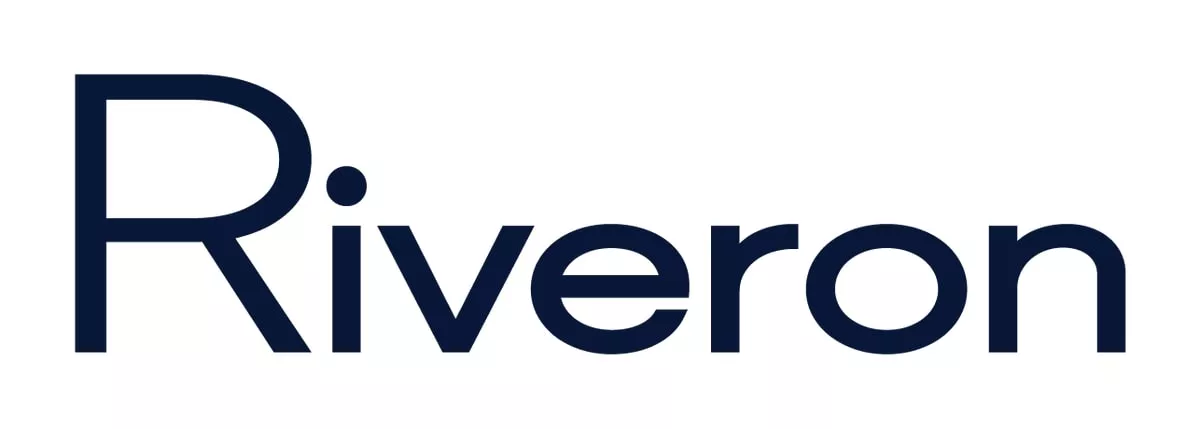- within Law Department Performance, Environment and Energy and Natural Resources topic(s)
- with readers working within the Technology industries
Global economies are poised for a dynamic change as the recent US elections indicate likely tariffs, which would cause business tax implications and potential "trade wars." The policy specifics could be rolled out as soon as the first quarter of 2025, and companies need to be prepared by investing in scenario planning and impact hypothesis studies. Planning should not only focus on China but also other high-probability countries and industries that will be targeted by the tariffs. A proactive approach will allow companies to understand and address tariff increases in ways that protect their bottom line, maintain customer satisfaction, and stay competitive in the global marketplace.
Anticipating tariff and trade impacts
Policymakers will probably enact widespread use of tariffs, aiming to reduce trade deficits, combat inflation, reshape relationships with trading partners, and boost US-based manufacturing. The likelihood of an all-out trade war is uncertain, but the tides appear to be trending that way. Some previously implemented tariffs are still in place today (such as the Section 301 China and Section 232 Steel and Aluminum tariffs), causing déjà vu—and lessons learned—for many company leaders. Companies with US presence, operations, suppliers, R&D, or customers should not delay their strategic and tactical planning efforts.
By planning ahead for tariff-related concerns, CFOs, COOs, and supply chain leaders can mitigate against impacts such as:
Cost increases are likely to arise related to raw materials, packaging, services, transportation, or labor, and it is unlikely these rising costs can be absorbed by businesses. Tariffs and related implications will present costs that must be passed on to customers, along with the risks of customer attrition and lost revenue.
Supply constraints can result from many factors, including when a company reprioritizes its customer segmentation because of the margin or profitability outlook, or if manufacturing or distribution changes lead to a capacity that is not optimized.
Geopolitical instability could result in retaliatory actions on tariffs and regulations making for a more complex cross-border operating environment. Much of this activity will be beyond an individual company's control or influence.
Competitive pressures will vary depending on the landscape of the domestic industry, the nature of products, and the responsiveness of firms to these changes. In the short term, tariffs could reduce competition from international companies, but, in turn, competition might increase domestically.
Market volatility is an inevitable outcome when tariffs and trade war discussions take place, let alone when talks turn into reality. The key message that resonates through domestic and international markets is "uncertainty," which then can create volatility.
Levers to pull across finance and operations
The good news is there are many ways companies can optimize. On global trade and supply chain fronts, finance and operations leaders can pull levers such as:
- Manufacturing and distribution network optimization (nearshoring, onshoring)
- Strategic sourcing and supplier management
- Trade preference/duty optimization programs
- Harmonized tariff code engineering
- Pricing/commercial strategies
- Policy advocation
These available levers range in terms of value, complexity, and time. By conducting scenario analyses and mapping out strategies and tactics early, leaders will be well-positioned to respond in 2025 and beyond.
Approaches for addressing tariffs
Knowing that solutions can be complex, tariff-related strategies and contingency planning should start now to give business leaders adequate time to implement. With tariff and trade impacts on the horizon, here's how CFOs, COOs, and supply chain leaders can position their companies for success at each stage:
1- Prepare
Short-term
- Optimize network and plan/analyze a Digital Twin scenario
- Anticipate supplier impacts and perform a risk assessment
- Conduct product/SKU profitability simulation
- Rapidly increase inventory levels for key impacted materials in advance of tariff increases
- Perform a Foreign Trade Zone (FTZ) impact/feasibility study
2- Act
Medium-term
WAVE 1
- Apply for US Customs product exclusions, if applicable
- Execute Tier-1 suppliers' sourcing changes with a focus on country-of-origin shifts
- Implement manufacturing footprint shifts to more tariff-friendly countries
WAVE 2
- Enact Tier-2 suppliers' sourcing changes with a focus on country-of-origin shifts
- Rollout price increase strategy and implementation
- Implement nearshoring opportunities
- Execute currency hedging to offset tariff impacts
WAVE 3
- Onshoring feasibility strategy and planning
- Strategic sourcing for new supply base opportunities
- Evaluate innovative additions or changes to the core business model
3- Manage
Long-term
- Assess impact of implemented solutions and course correct as needed
- Gain insights into the changes and impacts of the competitive landscape
- Stay updated and monitor trade policy changes
- Participate in advocacy/lobbying activities
Recent history indicates that momentous change is ahead. How extreme? Only time will tell. Flexibility, strategic thinking, and staying prepared for market changes will be key to successfully navigating tariffs and other geopolitical challenges that will certainly affect businesses in 2025 and beyond.
The content of this article is intended to provide a general guide to the subject matter. Specialist advice should be sought about your specific circumstances.





